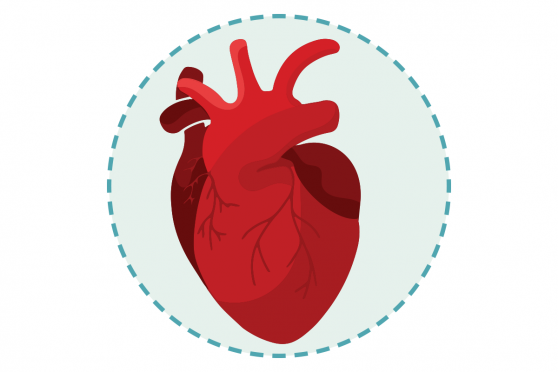Look After Your Heart In The Cold
Take care to ward off chilly weather woes

Question: Cold weather may cause which of the following conditions, particularly in people at risk for heart disease?
A. Increase in heart rate
B. Higher blood pressure
C. Changes to blood that can cause clots
D. Irregular heartbeat
The answer is all of the above. These physical changes to the body may be the reason why the number of heart attacks goes up by 30 to 40 percent during the chilly months. Here’s how to protect your heart from these wintertime risks.
Cold exposure
Icy temperatures cause blood vessels to constrict, raising blood pressure. Dress in layers when going outdoors. Warm air circulates between layers. Wear a hat, gloves, scarf, and warm footwear. Limit time outdoors when it is cold or windy.
Overheating
Dressing in layers is a great way to keep warm but not overheat. If you begin to sweat, remove layers as needed. It is important not to overheat, as being too warm can lower your BP and possibly lead to a heart attack.
Overdoing it
The heart muscle works hard to pump blood throughout your body. When temperatures are low, the heart has to work even harder. Strenuous activity can put a strain on the heart. Shoveling snow is not the only thing to avoid. Walking faster than usual or walking in a strong wind can lead to overexertion.
Flu and pneumonia
Flu can trigger a heart attack in people at risk for heart disease. The flu causes a fever, which makes your heart beat faster and raises its need for oxygen. The flu can also cause dehydration, which can reduce your blood pressure and lower the heart’s supply of oxygen. Flu can even lead to pneumonia. Talk to your doctor about getting the flu and pneumonia vaccines.
Don’t let this raise your blood pressure
You may be surprised if your doctor says you have high blood pressure at your next visit. It doesn't mean yours has gone up, though. The American Heart Association and other organizations now define high blood pressure, or hypertension, as a reading of 130 over 80 (instead of 140 over 90).
The new guidelines are designed to help treat high blood pressure before it can lead to a heart attack or stroke. If high BP is found early, it can be lowered and managed with lifestyle changes like eating less salt, losing weight, and exercising. Talk to your doctor about your blood pressure at your annual wellness visit.



